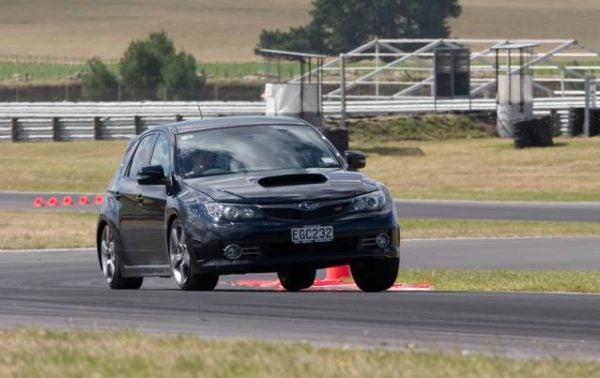When you purchase a car there are different options in terms of how new and how much use they have had. You will come across terms used in advertising so if you don’t know what ex-demo means, read on.
Brand new: these are vehicles usually with less than 20km on the clock. It will only have been driven in order to get it to the showroom. They will have a full manufacturer warranty and guarantees and they will not have been ‘owned’ before – you will be the first registered owner. You will be able to see the date first registered in New Zealand on the Warrant of Fitness label, but won’t be the date it was imported or manufactured.
Ex-demo: a dealer might sell 50 of a particular type of car, but the one you buy won’t necessarily be the one you drove. Dealers keep a demonstrator so that they don’t depreciate the new cars. The salespeople also take these cars home to familiarise themselves with the features. These get sold once they reach a certain number of kilometres (e.g. 5000). Ex-demo cars usually come with the full factory warranty and can make for excellent buying if you plan on changing it before the warranty expires.
Press vehicles: these are often on-sold as ex-demo, but they will have had a much harder life. Vehicle importers assign a number of vehicles to be used by journalists and reviewers in order to get magazine articles. The only way you can tell if this is the case is if you see it in a review or if you ask the dealer. A good giveaway that it has been a press vehicle is excessive wear on the tyres for the number of kilometres on the clock, or a large number of factory options installed. Journalists are hard on the vehicles, but you will still get the balance of the new car warranty and you can often get a good deal.

Me driving a Subaru WRX STI around Taupo at a press event. This car would have been sold to the general public
Run-out specials: vehicle models are periodically facelifted (minor cosmetic body changes, and additions such as Bluetooth or reversing cameras or sensors that become necessary to make it competitive in the marketplace) or replaced with a new version of the model (usually significant changes in the engine, body and safety features). As some ‘new’ vehicles can be basically a facelifted version of a model that could be ten years old, you could be purchasing quite aged technology, even though the price might be appealing. Check what the features of the newer model are in comparison to the old model. It pays to check the ANCAP crash test rating of the current model vs the new model, plus any safety features.
Ex-fleet (or similar): these are vehicles that may have been rental cars or owned by a company and are being cleared at cheap rates.
Trade-in: these are vehicles that have been traded by the dealer for another sale. They might have been tidied up, or they could just be presented as they were traded. Often, if the trade-in is in poor condition it will go to an auction house or be on-sold to a dealer that specialises in low-cost cars. Higher quality, newer trade-ins, or ones with high residual values (e.g. a classic Porsche) will be cleaned and groomed and will be put out on the yard.
Second-hand (private sales): this is an as-is where-is purchase with no recourse or option to get your money back. You should check the vehicle’s history and whether there is any money owed to finance companies because if this isn’t paid off, you will end up owing the finance company, not the previous owner.
Lease: a lease vehicle is where you pay a pre-arranged monthly sum to use the vehicle with a guaranteed end date. There are many different variations on how leases work, so check with the leasing company what their plans and policies are. You don’t own the car, you lease it (rent it) from the company, and the tax deductibility works differently than when you own the vehicle.
New Zealand new: if a car says it’s New Zealand new then the first owner would have been in New Zealand. If not, it’s been imported used, usually from Japan.

